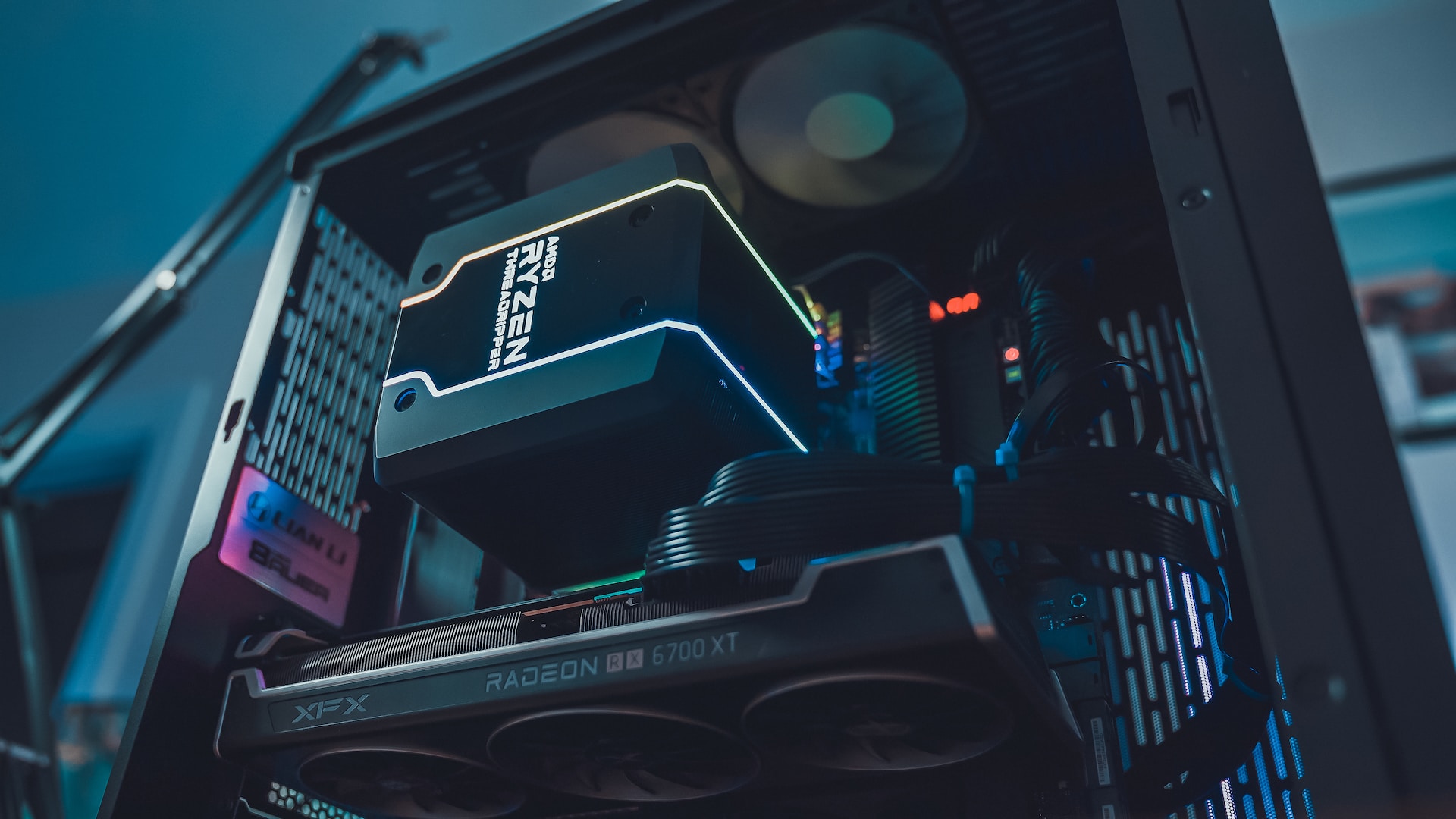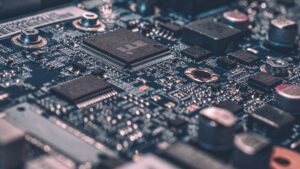The CPU not halted error is a common problem that computer users may encounter. It can cause the computer to freeze or crash, and in some cases, it can even prevent the computer from starting up. The error can be caused by a variety of factors, such as overheating, malfunctioning hardware components, corrupted system files, or outdated or incompatible device drivers. If left unresolved, the error can lead to data loss, system instability, and decreased computer performance. Therefore, it is essential to address the issue as soon as possible to ensure proper functioning of the computer.
In this article, we will discuss the causes of the CPU not halted error and provide troubleshooting steps to help you solve the problem. We will also provide other solutions to try if the troubleshooting steps fail. By the end of this article, you should have a better understanding of the CPU not halted error and how to fix it. So, let’s dive in and learn how to solve this frustrating error!
Causes of the CPU not halted error
Overheating of the CPU
Overheating of the CPU can cause the CPU not halted error. The CPU generates a lot of heat when it is running, and if it gets too hot, it can cause the computer to freeze or shut down. Symptoms of CPU overheating include fan noise, computer shutdowns, and slow performance.
To check for CPU overheating, you can use temperature monitoring software. If you find that your CPU is overheating, you can try cleaning the cooling system. Over time, dust and debris can accumulate in the cooling system, causing it to work less efficiently. Cleaning the cooling system can improve airflow and help keep the CPU cool. You can also use a cooling pad to help dissipate heat and keep the computer running smoothly.
Malfunctioning hardware components
Malfunctioning hardware components can also cause the CPU not halted error. Faulty hardware, such as RAM, power supply, or motherboard, can cause the computer to freeze or crash.
To check for faulty hardware, you can run hardware diagnostics. This will help you identify which component is causing the problem. You can then replace or repair the faulty hardware to solve the issue.
Corrupted system files
Corrupted system files can also cause the CPU not halted error. When system files become corrupted, they can cause the computer to freeze or crash. Symptoms of corrupted system files include system crashes, error messages, and slow performance.
To perform a system file check, you can use Windows’ System File Checker. This tool will scan your system files and repair any corrupted files it finds. You can also try restoring your computer to a previous point in time when it was working correctly.
Outdated or incompatible device drivers
Outdated or incompatible device drivers can also cause the CPU not halted error. When device drivers are outdated or incompatible, they can cause the computer to freeze or crash. Symptoms of outdated or incompatible device drivers include system crashes, error messages, and slow performance.
To check for driver updates, you can use Windows’ Device Manager. This tool will show you which drivers are outdated or incompatible and allow you to update or reinstall them.
By understanding these potential causes of the CPU not halted error, you can begin to troubleshoot the issue and find a solution. In the next section, we will provide troubleshooting steps to help you solve the problem.
Troubleshooting steps to solve the CPU not halted error
When you encounter the CPU not halted error, there are several troubleshooting steps you can take to solve the problem. Here are the steps you can take:
Step 1: Check for overheating and clean the cooling system
As mentioned earlier, overheating of the CPU can cause the CPU not halted error. If you suspect that your CPU is overheating, you can check the temperature using temperature monitoring software. If the temperature is high, you can try cleaning the cooling system. To do this, you will need to turn off the computer and unplug it from the power source. Then, open the case and use compressed air or a soft brush to remove any dust and debris from the fans and heat sinks. Once the cleaning is done, close the case and turn on the computer to see if the problem is resolved.
Step 2: Check hardware components and connections
If the problem persists, you should check the hardware components and connections. Make sure that all components are properly connected and that there are no loose connections. You can also try removing and reseating the components to ensure a secure connection. If you suspect that a particular hardware component is causing the issue, you can run hardware diagnostics to identify the problem.
Step 3: Perform a system file check and repair any corrupted files
If the problem is not caused by overheating or hardware issues, you should perform a system file check. To do this, you can use Windows’ System File Checker. This tool will scan your system files and repair any corrupted files it finds. To run the System File Checker, open Command Prompt as an administrator and type “sfc /scannow” without quotes. This will scan your system files and repair any corrupted files.
Step 4: Update or reinstall device drivers
If the problem is still not resolved, you should check for outdated or incompatible device drivers. To do this, you can use Windows’ Device Manager. This tool will show you which drivers are outdated or incompatible and allow you to update or reinstall them. To update or reinstall a driver, right-click on the device in Device Manager and select “Update driver” or “Uninstall device”. Then, follow the on-screen instructions to complete the process.
By following these troubleshooting steps, you should be able to solve the CPU not halted error. However, if the problem persists, you can try other solutions such as resetting the BIOS settings, running a system restore, or reinstalling the operating system.
Other solutions to try if troubleshooting steps fail
If you have tried the troubleshooting steps mentioned in the previous section but are still experiencing the CPU not halted error, there are a few other solutions you can try.
Resetting the BIOS settings
Resetting the BIOS settings can help solve the CPU not halted error. The BIOS is responsible for managing hardware components and system settings. If the settings are incorrect, it can cause the computer to freeze or crash.
To reset the BIOS settings, you will need to enter the BIOS setup utility. This is typically done by pressing a specific key during startup (e.g. F2, Del, or Esc). Once you are in the BIOS setup utility, you can look for an option to reset the settings to their default values. The exact location of this option will vary depending on your computer’s manufacturer and model. Once you have reset the settings, save and exit the BIOS setup utility and restart the computer.
Running a system restore
Running a system restore can also help solve the CPU not halted error. System restore allows you to roll back your computer to a previous point in time when it was working correctly.
To run a system restore, you will need to access the System Restore utility. To do this, go to the Control Panel and select “Recovery”. Then, select “Open System Restore”. Follow the on-screen instructions to choose a restore point and start the restore process.
Reinstalling the operating system
If all else fails, you can try reinstalling the operating system. This will erase all data and programs on your computer, so it should be done as a last resort.
To reinstall the operating system, you will need a bootable USB or DVD with the installation files. Insert the USB or DVD and restart the computer. Follow the on-screen instructions to boot from the USB or DVD and begin the installation process. Be sure to back up any important data before reinstalling the operating system.
By trying these other solutions, you should be able to solve the CPU not halted error. However, if the problem persists, it may be time to seek professional help. A technician can help identify the problem and provide a solution that fits your needs.
Conclusion
In conclusion, the CPU not halted error can be a frustrating problem to encounter. It can cause the computer to freeze or crash, and in some cases, it can prevent the computer from starting up. The error can be caused by a variety of factors, such as overheating, malfunctioning hardware components, corrupted system files, or outdated or incompatible device drivers.
However, by following the troubleshooting steps we have provided, you should be able to solve the problem. Checking for overheating, checking hardware components and connections, performing a system file check, and updating or reinstalling device drivers are all steps you can take to fix the issue. If these steps fail, resetting the BIOS settings, running a system restore, or reinstalling the operating system are other solutions you can try.
It is important to address the CPU not halted error as soon as possible to ensure proper functioning of the computer. If the problem persists, seeking professional help may be necessary.
We hope this article has helped you understand the CPU not halted error and how to solve it. Remember to keep your computer clean, up-to-date, and well-maintained to prevent future issues. Thank you for reading!


![CPU not Working after Cleaning [SOLVED!] CPU not Working after Cleaning [SOLVED!]](https://thebestcpu.com/wp-content/uploads/2023/04/andrey-matveev-66a07WD8CMo-unsplash-300x225.jpg)
![CPU not Working after Power Outage [SOLVED!] CPU not Working after Power Outage [SOLVED!]](https://thebestcpu.com/wp-content/uploads/2023/04/andrey-matveev-sOcVQEXHv1A-unsplash-300x225.jpg)
